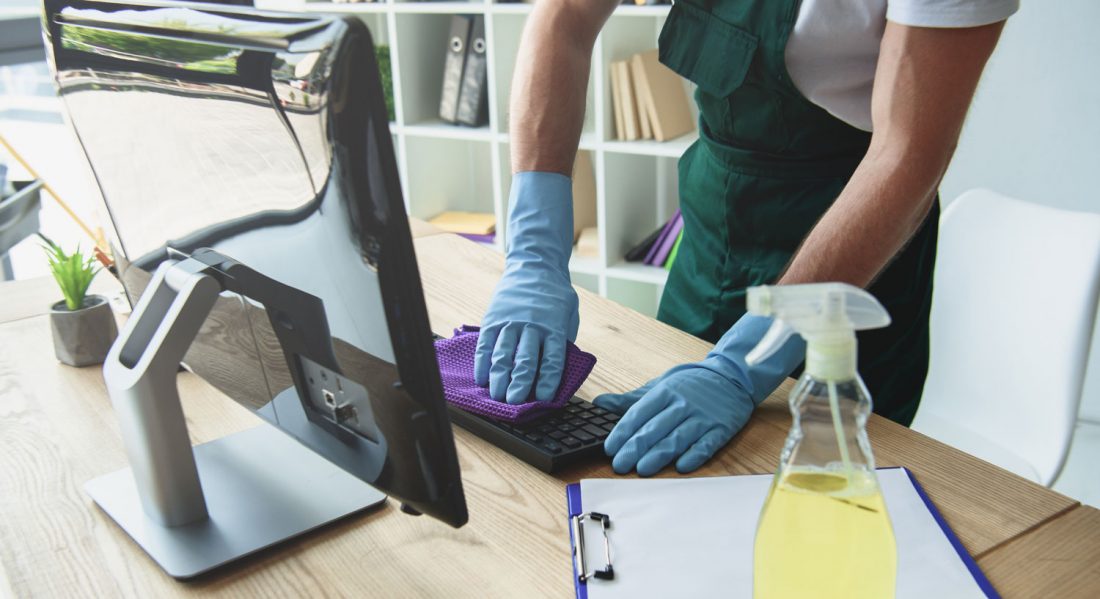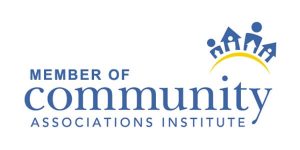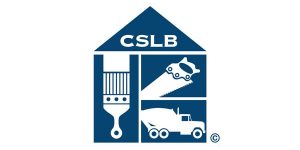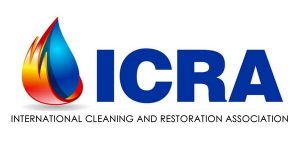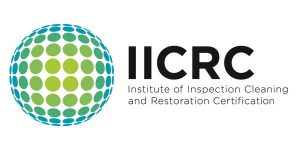Trauma scenes are extremely sensitive areas that require special care and attention. Whether it’s due to an accident, crime, or unexpected death, the physical and […]
COVID-19 Cleanup
Precautions against COVID-19 infections will continue until there’s a vaccine, perhaps longer. So we can expect to be paying attention to hand washing, face covers, […]
Office Disinfection
/ Cleaning
Events with large gatherings of people have been canceled or postponed. But most businesses need to carry on. Fortunately, the current novel coronavirus isn’t super-resistant […]



